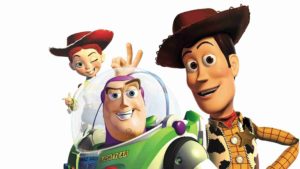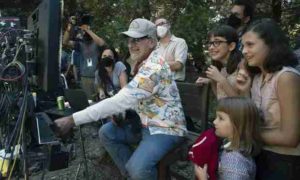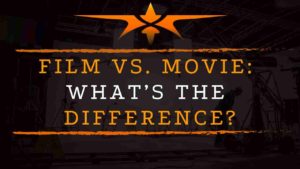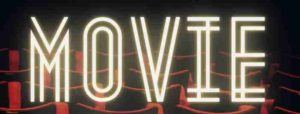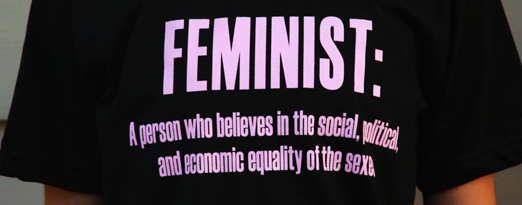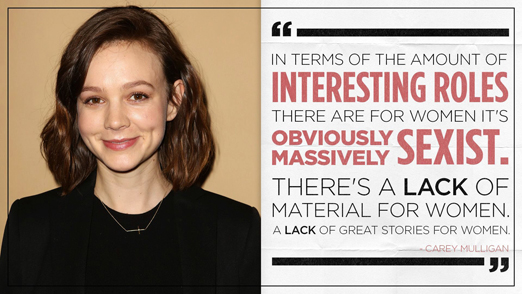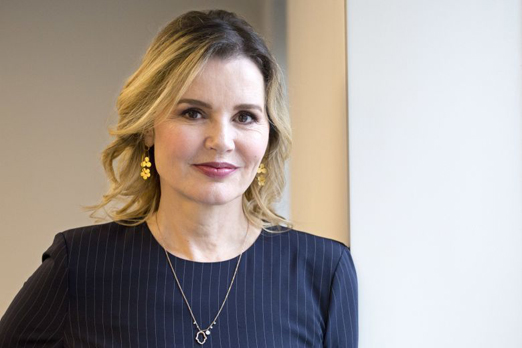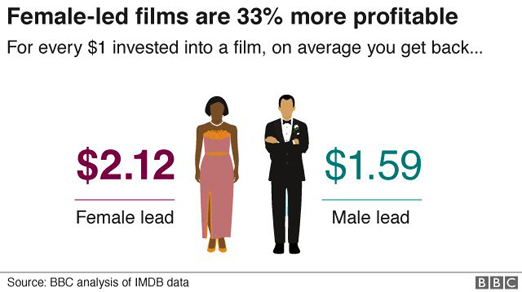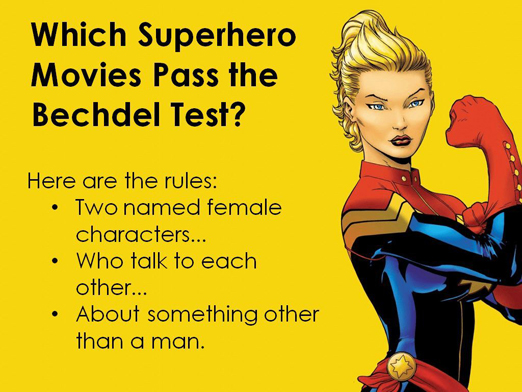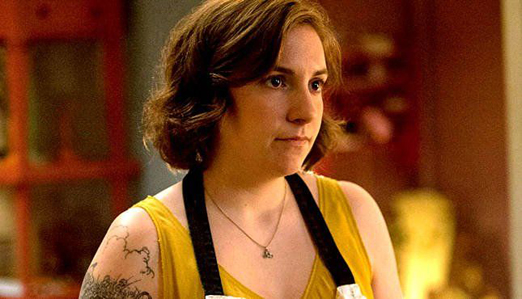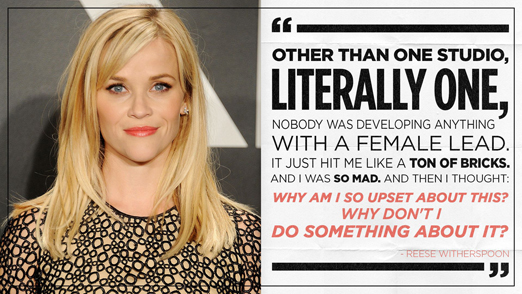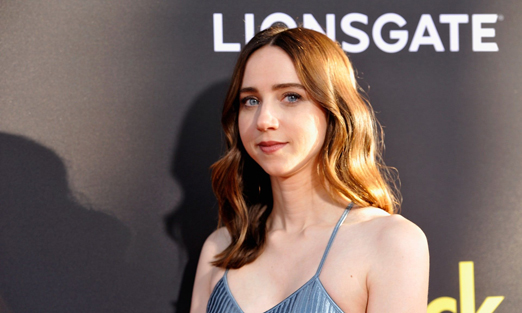
Artificial intelligence (AI) is quickly becoming a game-changer in the film industry. From script writing and casting to special effects and distribution, AI is transforming the way movies are made and seen.
While there are many benefits to using AI in filmmaking, there are also potential downsides that need to be considered.
What impact will AI (artificial intelligence) have on Hollywood?
Who better to answer that question than ChatGPT, a thrilling but scary chatbot developed by OpenAI.
When VanRamblings asked ChatGPT about AI‘s potential impact on the film industry, it made the following points (note: only the single, numbered paragraphs represent the ChatGPT input):
1. Scriptwriting: AI can be used to analyze existing screenplays and create new ones, potentially leading to more efficient and cost-effective screenwriting.

In addition, Netflix co-CEO Ted Sarandos recently told Business Insider’s tech reporter, Stephanie Palazzolo.
“Employing AI to create new scripts will help filmmakers deal with this task more efficiently. Being fed with large amounts of data in the form of movie scripts, machine learning algorithms analyze the data, learn from them, and come up with unique scripts. This makes the process much faster, saving significant time and resources for filmmakers.”
Sarandos went on to state, “Artificial Intelligence will also be used for analyzing scripts that will be made into a film. AI algorithms can study the script storyline, bring forward possible questions, uncertainties, and suggestions, thus making the process of script analysis much easier and faster.”
2. Pre-production: AI can be used to streamline the pre-production process, saving time and resources, including casting, location scouting and storyboarding.
“AI has great potential to simplify the pre-production process by helping to plan schedules, find locations that best fit the storylines and support in other preparatory processes,” says Disney chief, Bob Iger. “Implementing AI will automate the planning of shooting schedules according to the availability of actors that will save time, and increase efficiency.”
In addition, AI systems can analyze the locations described in screenplays and recommend sites for shooting the scene, saving resources in location scouting.
Even now, AI is being used to improve the accuracy and efficiency of casting decisions. AI-powered platforms can analyze a vast amount of data, including past performance data and social media activity, to predict which actors are most likely to be successful in a given role. This can help casting directors make more informed decisions and save time and resources.
3. Special effects: AI can be used to create more realistic and immersive special effects, potentially reducing the need for practical effects and saving time and money in post-production.
AI is currently being used to enhance visual effects (VFX) in Marvel films. Machine learning algorithms have been trained to recognize and classify different objects in a scene, making it easier and faster to add VFX elements, saving time and money for VFX studios, as well as enhance the overall quality of the film.
4. Audience analysis: AI can be used to analyze audience data and preferences, helping studios make more informed decisions about which films to greenlight and how to market them.
Monica Landers, founder and CEO of StoryFit, acknowledges the peculiarity of using AI to evaluate audience connections with narratives or characters.
Says Landers, “Warner Bros. has turned to Cinelytic AI-based platform to predict the success of its movies and box office receipts. 20th Century Fox has integrated the Merlin system that uses AI and machine learning to match movies to particular genres and audiences, as well as provide complete demographics for any movie.”
5. Distribution: AI can be used to personalize movie recommendations for viewers and optimize distribution strategies, potentially leading to higher ticket sales and revenue.
University of Southern California film professor Siranush Andriasyan, in a recently published research paper, writes …
“Film studios have been using AI for effective advertising and promotion. Analyzing different factors such as audience base, actors’ popularity across the globe, film studios may plan their campaigns according to certain locations where they expect the highest interest from the audience. For example, 20th Century Fox has developed the Merlin Video neural network to predict the success of promotional videos.”
There are, however, potential downsides to the use of AI in the film industry, says retired USC Berkeley film studies professor, Eric Ironside.
One major concern, he states, is the potential for AI to replace human jobs. As algorithms become more advanced, there’s a risk they could replace human casting directors, screenwriters, and VFX artists, leading to film industry job losses.
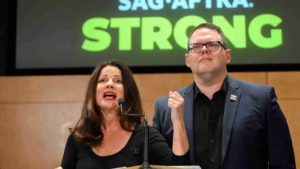
Response to deal | SAG-AFTRA President Fran Drescher and Duncan Crabtree-Ireland, Chief Negotiator
“If you want to get hired, you have to be ready to consent to be replicated, so there are people who are out there saying that consent at the time of engagement is coercion because they won’t hire you unless you give them those rights,” Shaan Sharma, an alternate member of the Screen Actors Guild negotiating committee told Rolling Stone.
AI cloning set to impact the film industry, and jobs in Hollywood
“And it’s only those with considerable leverage that will have the ability to say no to the replication, but still be hired. That really concerns me because most members don’t have the leverage to say no at the time of engagement.”
Another potential downside is the loss of human creativity and personal touch. While AI algorithms can generate new stories and make accurate predictions, they may lack the unique perspective and emotional depth that comes from human creativity. This could lead to a homogenization of storytelling and a decrease in the overall quality of films.
For years, the idea that computers and data could play a role in filmmaking was considered anathema in Hollywood, where personal taste, charisma and talent were viewed as key to success.
In recent years, film industry skepticism about AI has lessened, suggests Largo.ai founder Sami Arpa, in part because streaming platforms such as Netflix and Amazon have thrived by using technology to guide decision making. Both use complex, jealously guarded algorithms to recommend content for their audiences, and analyze audience data to underpin their commissioning and acquisition decisions.

Make no mistake: AI is set to change the film industry in profound ways, from data analysis to virtual production.
While there are concerns about the impact of AI on the industry, it is clear that AI is here to stay, and it will continue to transform the way films are produced, distributed and consumed by moviegoers.
Those who are willing to embrace AI and learn to work with it will be at the forefront of this transformation, shaping the future of the film industry.






